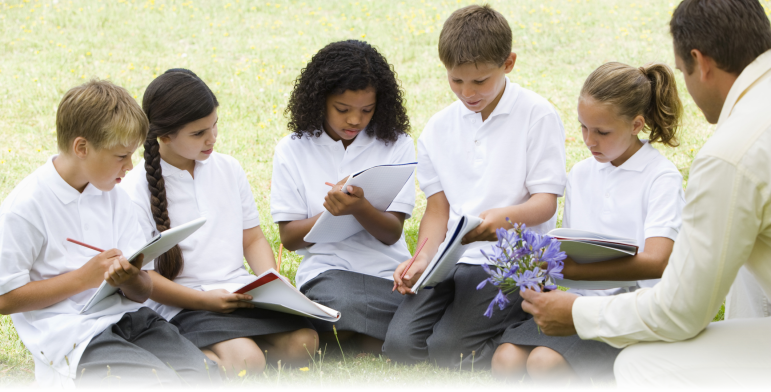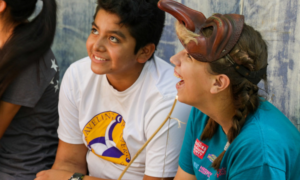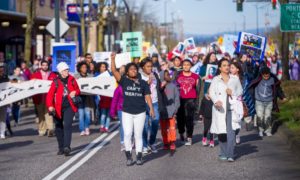 This category in the OST Hub covers reading and writing activities during Out-of-School Time (OST). Please note that this section includes a wider range of literacies than just Reading & Writing. It includes digital literacy and digital storytelling, among others. For researchers and policymakers, this section provides information that provides a broader understanding of the larger issues of reading and writing and multiple literacies in the OST.
This category in the OST Hub covers reading and writing activities during Out-of-School Time (OST). Please note that this section includes a wider range of literacies than just Reading & Writing. It includes digital literacy and digital storytelling, among others. For researchers and policymakers, this section provides information that provides a broader understanding of the larger issues of reading and writing and multiple literacies in the OST.
This topic category of the OST Hub is divided into the following sections. Each section provides free materials and resources to download on a range of literacy topics and approaches to incorporating reading and writing in OST programs.
- Articles & Research contains key and current research on the topic of providing reading and writing in OST.
- Resources provides program materials that have been generated by the field, such as curricula, lesson plans and handouts.
- Program Examples includes case studies and video clips of actual OST programs providing reading and writing and other types of literacy activities.
- Professional Development provides professional learning opportunities through webinars and other offerings.
- OST Field Notes provides photo essays, blogs, and other types of writing by practitioners about their experiences providing reading/writing and other literacies for children and youth.
Latest News
- Q&A with Alex Lohrbach on the release of the Elevating Youth Engagement curriculum
- Q&A with Michael Crawford, America Succeeds
- Q&A: Why the former CEO of AmeriCorps is excited about heading an organization he had never heard of
- Competitive youth sports culture leads to burnout and quitting for many in U.S.
- Refocusing on youth development: Changes coming to Youth Today
- Juma Ventures helps “opportunity youth” earn, learn and launch careers
- Young children may go hungry as summer begins
- After outcry from tribes, federal agency scales back tribal school choice plan
- For some tribal communities, Head Start programs provide a cultural lifeline
- AmeriCorps’ work with students nationwide in limbo despite halt to federal funding cuts




















